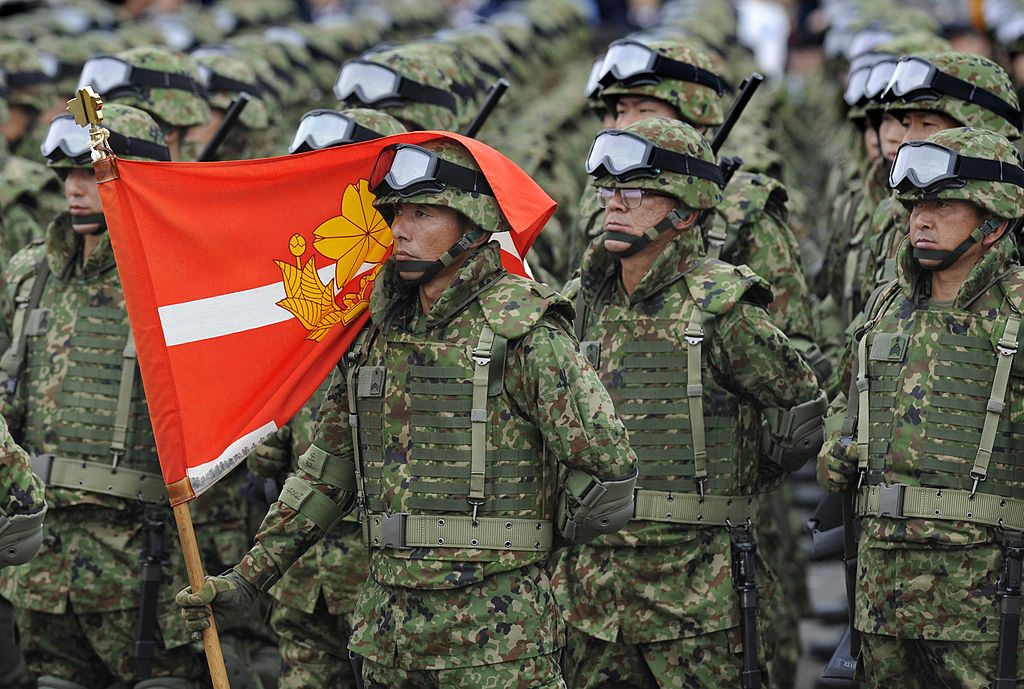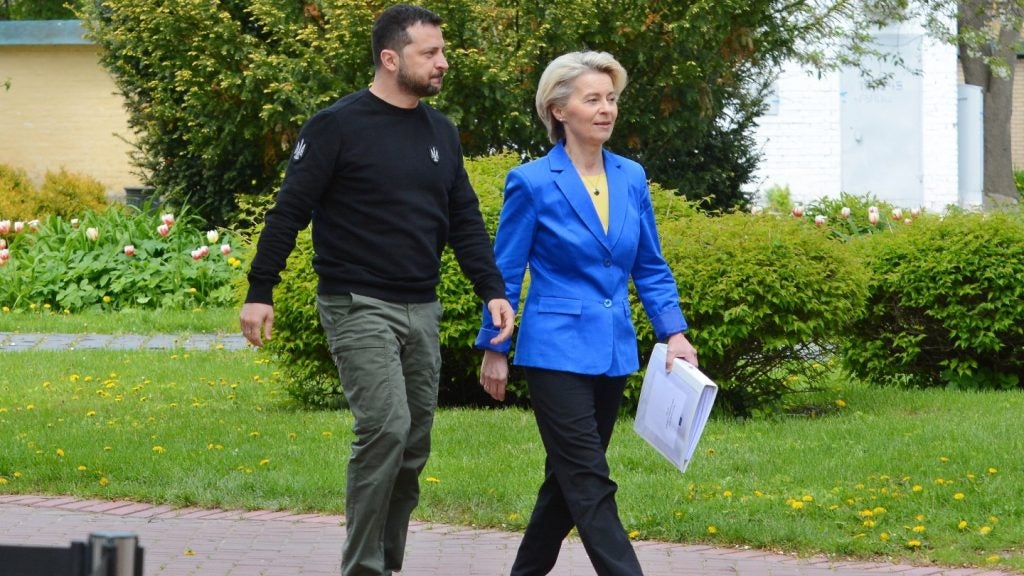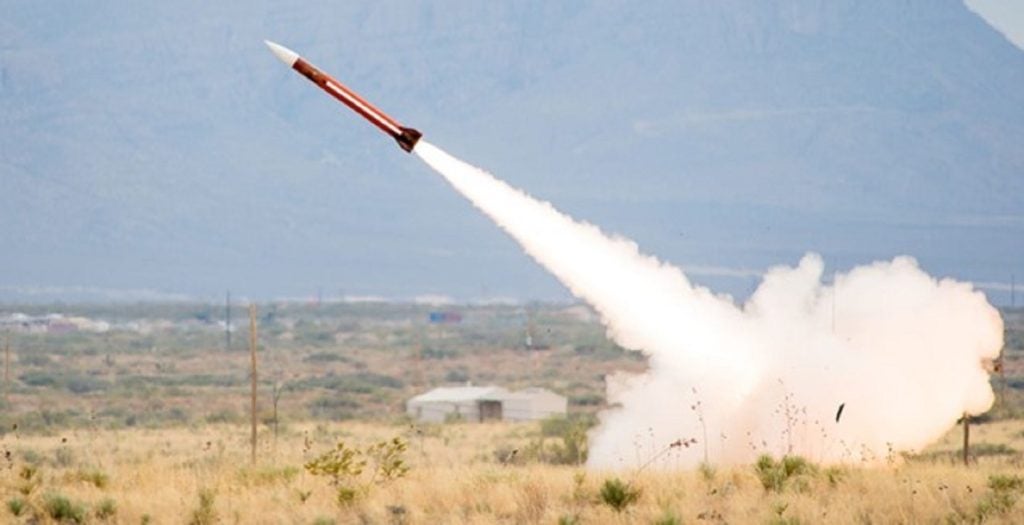While concerns had spread that Japan's planned defence budget could be affected by the recent currency devaluation of the Yen by an average of 20% since 2022 against other major currencies, GlobalData instead finds that major ongoing procurement programmes, including the Global Combat Air Programmes, the F-35A/B, Mogami-glass Frigates, C-2 and V-22 osprey transport aircraft, and P-1 maritime patrol, are unlikely to be affected by sequestration.
Following the recent doubling of it’s defence budget cap - from 1% to 2% of GDP - should Japan stick to its current spending plan for the next five years it will have the third largest military in the world, behind the US and China, with a defence budget that surges from $39.5bn in 2022 to $85.9bn by 2028.
However, according to GlobalData’s Fleet Size dashboard, Japan’s military fixed-wing aircraft fleet has already surpassed thirty years in service. China’s growing dominance in the Indo-Pacific is stirring the urgent need to replace and modernise these aging assets, including F-15J/DJ, C-1, C-130H, and E-2C airframes.
“To address this challenge, Japan is likely to continue to invest in its ongoing F-35A/B programmes and ensure a steady supply of advanced fighter jets to replace the older aircraft,” says Harpreet Sidhu, aerospace and defence analyst at GlobalData. “However, defence budget sequestrations may lead to a delay in the deployment of the sixth-generation aircraft by a few years, which was originally planned for 2032.”
While Japan's currency devaluation may pose certain challenges in the near future, it is crucial for Japan’s security interests to maintain a relevant defence posture in the Indo-Pacific region. “Therefore, barring a few aspirational programmes like the sixth-generation aircraft, Japan is unlikely to cull critical procurements of defence assets,” says Sidhu.
Japan's military modernisation
Japan's armed services have made significant strides in enhancing their defence capabilities by adopting a multi-dimensional approach for joint operations. Its three service services have made procurements recently in capabilities that could support global deployments.
In the air domain, Japan inducted the Kawasaki P-1 in 2013and has 33 of the aircraft in service, with an additional 60 ordered to replace the country's P3-C fleet. Additionally, in 2013, Japan entered into an agreement with Lockheed Martin to procure 42 F-35B aircraft. This agreement was later expanded in 2019 to include a total of 105 F-35A and 42 F-35B variants. In the year 2020, a significant agreement was reached with Mitsubishi Heavy Industries, designating them as the primary developer for nearly 100 units of the sixth-generation F-X stealth fighter.
In the naval domain, Japan is enhancing its blue-water capabilities by transforming the Izumo-class helicopter carriers into fully-functional aircraft carriers capable of accommodating the F-35B fighter aircraft. The surface fleet of this country has a considerable number of frigates and destroyers, totalling more than 40. Japan also possess Sōryū-class submarines as part of their subsurface assets.
While these assets demonstrate a significant naval force capable of global deployment, Tokyo has chosen to allocate a considerable portion of these capabilities towards safeguarding its homeland, particularly focusing on protecting its southwestern islands that face potential challenges from Chinese activities. The Japan Self-Defense Force (JSDF) and US forces are increasingly aligning their approaches in island chain defence, including the potential defence of Taiwan, as part of their broader integration within the overall US strategy.











